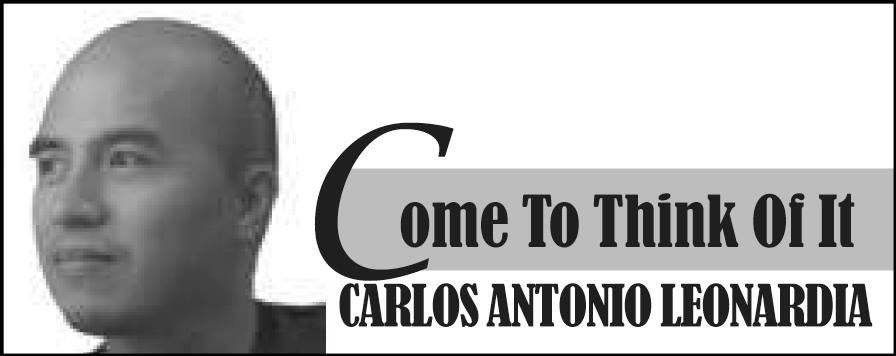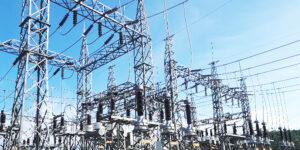
Last Friday I took a vacation leave from the office so I could be at home when the people from Ceneco finally said they would be coming over to my home to connect my PV installation to the grid.
It didn’t take them more than an hour to replace our home’s electric meter with net meter, and I reckon they could’ve done it without me present. But I had already prepared a pre-filled-out VL form just for this occasion because I knew I wanted to be there at the culmination of my personal PV power project/journey that spanned more than 6 years.
The project itself took me 6 years before I finally gave in and decided to take the grid tied route, but the final stage of this lengthy process should’ve been done 4 months ago, when I filed the application and submitted the necessary requirements to make my home’s roof into an independent RE power producer.
My original home PV project started in 2015 with a 1KW off-grid system that stored power in lead acid deep discharge batteries because back then, my research told me Ceneco wasn’t accepting applications for net metering. I really wanted to go solar back then so I bit the bullet and DIY installed what was essentially a solar-charging UPS in my home.
Six years after that initial DIY install, I had already gone through two sets of battery banks and while the project provided our humble home with unsurpassed power reliability, the project was still nowhere near profitability. Replacing battery banks that cost around 30% of the project twice in six years meant I was just at best breaking even. My fragile ego refused to consider the worst case scenario that my project had actually lost a bit of money but the unexpectedly short lifespan of lead acid batteries made that a distinct possibility.
I knew by then that if I could go back in time, I should’ve waited a bit more because it turned out that Ceneco started accepting net meter applications a few months after I energized my off grid system. However, I was already invested in my chosen system, which while having a terrible return on investment due to the battery replacement costs, had its own advantages.
Having batteries meant we never had brownouts. Of course the energy intensive appliances such as refrigerators and aircons would lose power because my batteries were not designed to carry such loads, but the lights and most importantly, the internet and wifi, rarely ever lost power in our home.
Anyway, early this year, my 2nd set of batteries started to show signs of age and failure again. I had expected this set to last at least 5 years but they were just around 3 years old at that time. I was looking at our budget, trying to see if we could afford another unscheduled major expense when the inverter-controller failed, leaving us with only the PV panels working.
With 2/3 of the major components out of service, it was time to seriously consider a change in system. This was an opportunity to go grid-tied and have a chance at a system with a better ROI.
What made the economics work better this time was the COVID-19 pandemic which had forced my wife and kids to stay home 24/7. One of the justifications that I used for choosing to stay with my hybrid off-grid system was there is usually nobody home during the daytime.
We pay approximately P10/Kwh of electricity but if we sell it back to the grid, that home is treated as a power generator so distribution company (Ceneco) will buy only the generation part of the power, which is only half. The most economical way to use PV power is to use all the power your home’s roof generates because that way, you save 100 percent off your power bill. Those who sell it back get only 50 percent.
Because of that dynamic, a home that is empty most of the daytime is generating power and selling at 50 percent and that will of course affect the payback time of the system. A home that is fully occupied when the PV panels are hard at work, like during a pandemic, should use as much power as its PV panels can generate which makes better economic sense.
Losing 2/3 of my off-grid components and having a majority of my family spending all of their time at home indefinitely meant a shifting to a grid-tied system made a little more sense. If we had shifted to such a system when the pandemic started, those 2 years would’ve maximized our ROI, making it worth it even if we do get back to normal by next year and the home becomes empty once more during the daytime.* To be continued







